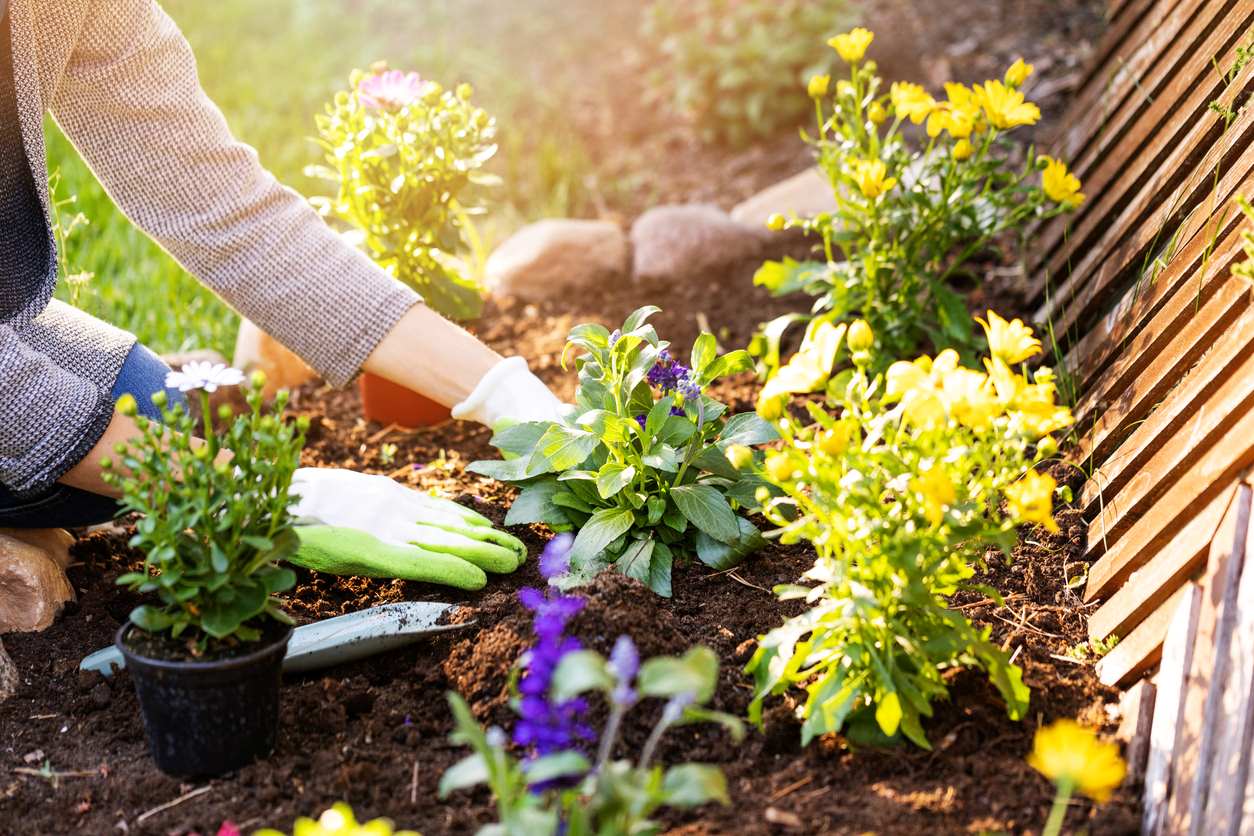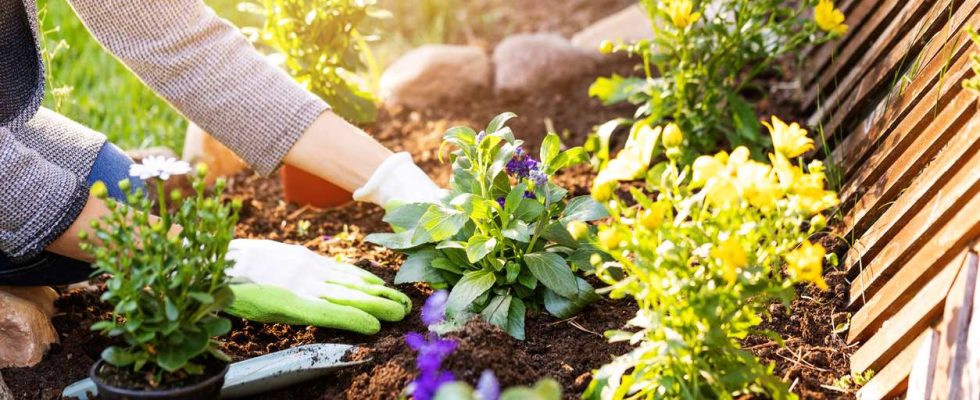
When to prepare your garden?
Bad autumn and winter days generally do not encourage going out to take care of the garden and, very often, it is left as it was at the end of the summer season.
Beyond the weather which is a little off-putting, the plants being at rest, it must be recognized thatthere are few things to do outside during the winter. But that changes with the return of good weather, especially since bad weather, whether rain, snow, frost, wind, has certainly left traces of its passage.
From March onwards, it is therefore important to carry out certain tasks which will give your garden a new look and be ready for a new season. If March is the ideal month for this preparation, it is because the months of April, May and June are important months for vegetation. Everything must therefore be ready before these months!
Start by preparing your equipment
On days when the weather is still not conducive to working outside, take the opportunity to take stock of your equipment. Don’t forget that it will be put to the test throughout the summer.
If you haven’t already done so, clean your tools, sharpen what needs to be sharpened, oil what needs it, replace handles that seem fragile, etc. At the same time, check if you have enough fertilizer, seeds, pots, stakes, etc. This will save you from having to run to the stores when you no longer have time to do so. Not to mention that it is so much more practical and efficient to have everything you need at your fingertips.
Tasks to accomplish to properly prepare your garden
The days are longer, the temperatures are milder, your equipment is operational, so it’s time to equip yourself with your gloves and your tools, and get back to work in the garden.
Carry out a major cleaning
Between the bad weather and the months that have gone by without taking care of it, your garden is undoubtedly in great need of cleaning. Is equivalent to :
- Check that the various structures such as pergolas, fences, etc. are in good condition. It may be necessary to follow them or straighten them if the wind has knocked them down.
- Remove all branches and dead leaves that may litter the ground.
- Clean the railings, sweep the terrace, etc.
- Remove the mulch that has protected your plants throughout the winter.
Prepare the ground
You have cleared the way and, soon, you will be able to proceed with the first plantings. But before considering planting, it is necessary to first prepare the soil. Here is what this step consists of:
- Pull out unwanted weeds: this is essential, because they draw nutrients and will compete with future plantations. In addition, this preliminary work will allow you to install your new plantations more easily.
- Aerate the soil: This work is important in the vegetable garden, because it makes the soil looser. To do this, you can use a grelinette or an aero-digger.
- Add compost or natural fertilizers: this helps enrich the soil which will support crops.
- Weed your pots and planters.
- Add potting soil to pots or containers to allow plants to always find enough nutrients.
Prune and prune
To properly prepare your garden, you must also prune plants, with the exception of spring-flowering plants and those that flower on old wood, such as camellia, forsythia, magnolia, weigelia, etc. .
In terms of pruning and pruning, now is the time to take out your well-sharpened and previously disinfected pruning shears for the following:
- Remove dead branches, dry stems, etc.
- Remove old branches or those growing in the wrong direction to make room for new branches.
- Cut off any inflorescences you may have left on your hydrangeas to continue enjoying them throughout the winter.
- Prune the grasses that need it.
- Prune buddleias, Indian lilacs, perovskias, etc. to shape and stimulate them.
Prepare your upcoming plantings
Once your pots, planters and green spaces are cleaned, you can see where you want to add plants. Now is the time to decide which plants you want to plant. Several choices are available to you:
- You can opt for annuals which will add a colorful touch to your garden occasionally.
- If you prefer more durable flowers that will stay in place for several years, focus on perennials.
- You can also turn to shrubs to create hedges, give height to your flowerbeds, etc.
- Finally, to bring shade to your garden, you can decide to plant a tree.
In any case, to have healthy plants that grow well on your land, be sure to choose them according to the conditions you have to offer them, such as sunshine, the nature of the soil, etc., but also depending on their hardiness.
Seedlings or buying young plants
Once you have determined what you want to plant, you can start exploring. Here again, several options are available to you:
- It is possible to carry out seedlings to benefit from a larger number of plants for a low price. A large part of the sowing is done in March to proceed with planting the young plants in May when they are sufficiently developed.
- You can participate in seed swapswhich will allow you to find different varieties of plants for the garden and vegetable garden, free of charge.
- Nurseries also allow you to find many types of plants at prices that are often more attractive than in major gardening stores and of much better quality.
If you choose to plant in the ground, make sure the temperatures are sufficient. Please inquire at the time of purchase.
Divide perennials
When perennials have remained in place for several years, it is recommended to divide them to prevent them from smothering nearby plants and to allow them to benefit from a boost.
As it is important to carry out this division before the plants begin to grow, March is the ideal time. To do this :
- With your spade, dig all around the perimeter of the plant so that you can remove it entirely.. If the plant is deeply anchored in the ground, do not hesitate to use a pickaxe to dig.
- Pass your spade under the root ball and pry by exerting pressure on the handle in order to extract the plant without damaging its roots.
- Once the plant is out, you can divide it into two or more pieces. If the clump is too hard to separate by hand, use the spade.
- Then just plant each part thus obtained in open ground, then carry out copious watering.
If the perennial is too large to be extracted from the ground as explained previously, you can solve this problem by inserting two forks back to back in the center of the plant still in the ground, then gently, but forcefully, spreading the two handles so as to divide the plant. All you have to do is take out the part you want to move.
Install mulch
On the areas that you have taken the trouble to clean, it is a good idea to install mulch. This will allow you to limit the regrowth of weeds until the plants are planted that you have selected. Likewise, the earth will remain loose and will be protected from bad weather. Also install mulch around new plantings to protect the roots from late frosts. In the summer, this mulch will help maintain a certain level of humidity.

